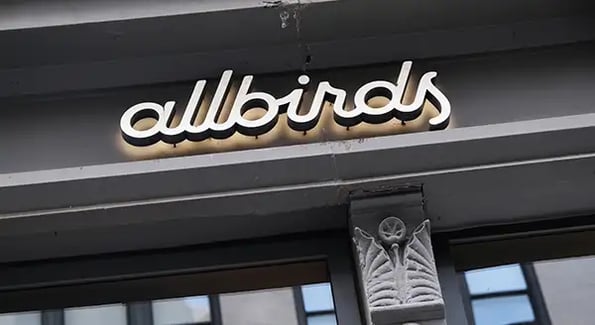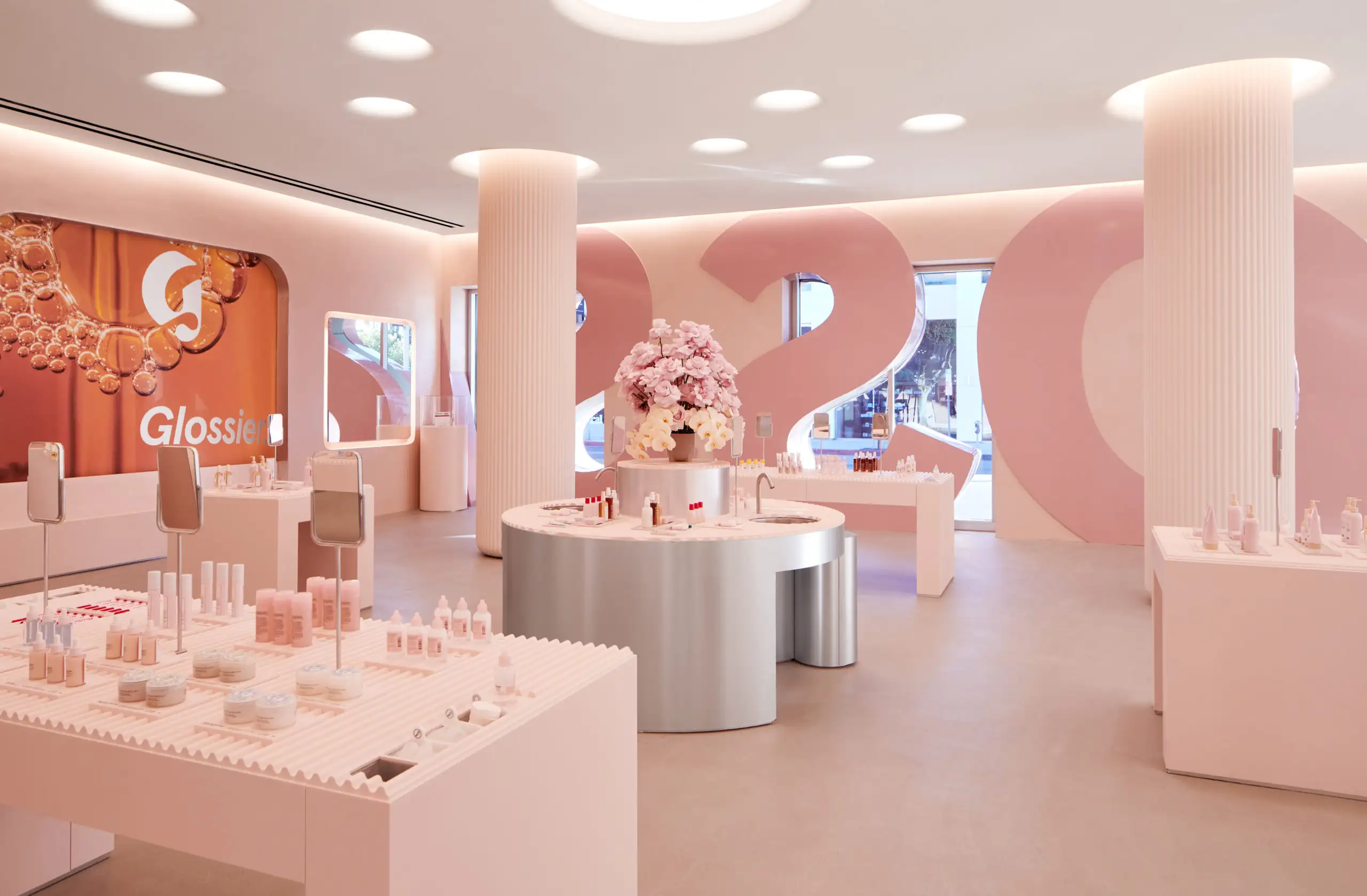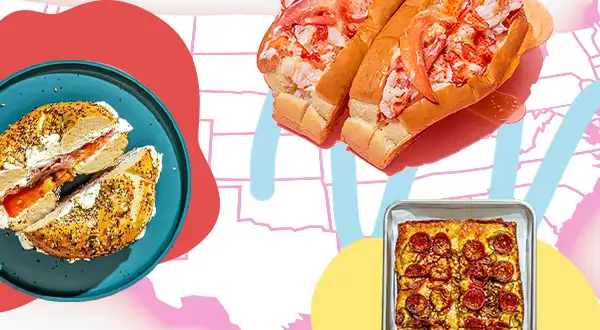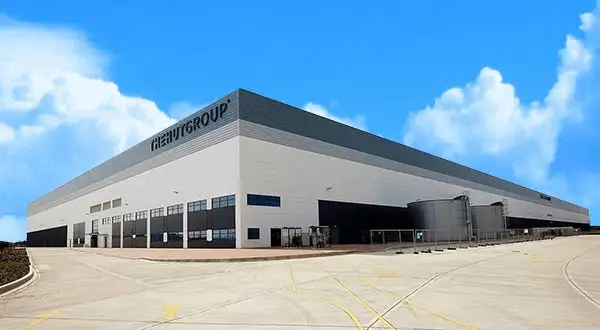If you’re reading this through a pair of Warby Parker glasses in the comfort of your Allbirds, you’re likely aware of the rapid rise of direct-to-consumer internet brands.

But as Sir Isaac Newton famously said, “What goes up, must come down.” And for a variety of factors, those same companies are experiencing the back end of that equation.
What’s going on?
According to Marker’s Alex Kantrowitz, the D2C model is promising when costs are kept low.
Without physical stores, companies used cheap Facebook ads to build brand recognition, ad tracking to pinpoint customers, and low-cost shipping to make deliveries.
Now, what were once perceived as strengths have become weaknesses:
- Facebook ad prices have tripled in the last 2 years. Warby Parker IPO’d with 13% brand awareness, and it’s one of the more well-known D2C companies. With pricier Facebook ads, the uphill battle for name recognition is even more painful.
- Apple’s iOS 14.5 update forced apps to comply with its Ad Tracking Transparency (ATT) framework, which requires advertisers to ask permission to track users’ activity. This makes it harder to measure Facebook ad performance. One expert claims Meta’s attribution metrics — user actions that can be attributed to an ad — are now off by 30%-50%. This has led companies to spend more, often with worse results.
- Supply chain challenges have jacked up import costs. The price to ship a container from China to the US has risen from $2k to $15k since the beginning of the pandemic.
On top of all that, rising interest rates have pushed investors toward profitable businesses — which many D2C players… are not.
What’s next?
In 2022, Allbirds stock is down 63%, while Warby Parker and D2C clothing pioneer Stitch Fix are down 40%+.
Some D2C companies will be fine. Chewy, for instance, can justify its costs due to the predictability of its customers’ lifetime value (the lifespan of a pet).
Others may have to diversify beyond Meta’s platform. TikTok is one place that’s already moving toward in-app commerce.
If that fails, there’s also the good ol’ fashioned option of opening a physical store. (Kids 10 years from now: “Ew.”)






